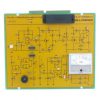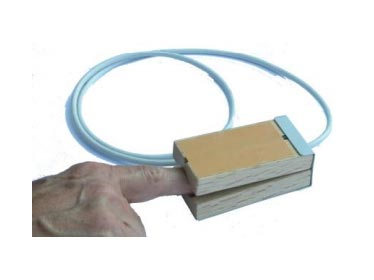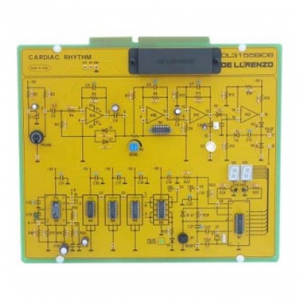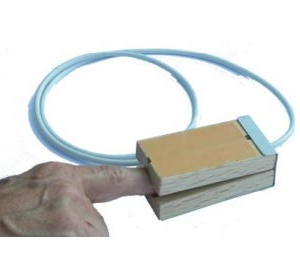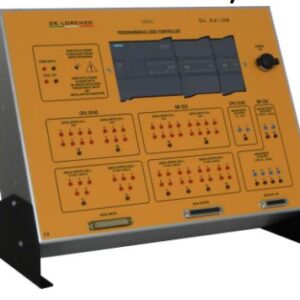Theoretical topics:
• Concept of cardiac rhythm and typical values, in different subjects and in different conditions of the subject
• Measurement of the cardiac frequency
• The use of optical sensors
• Comparator with hysteresis for the processing of the signal provided by the optical sensor
• PLL, frequency dividers, PIC and their role in the measurement and visualization of the cardiac rhythm
Circuit blocks:
• Recordings of the peripheral pulsations in a finger
• Effects of breathing and exercising on the frequency of the pulsations
• Effects of the temperature on the measurement of the frequency of the pulsations
PULSE RATE
At every heartbeat the arterial blood pressure raises (systolic period) and the dimension of the tips of the fingers slightly increases, while the higher oxygenation causes the decrease of the optical density of the skin tissue.
During the cardiac relaxation period (diastolic period) the pressure decreases, the density increases and the physical dimension of the tips of the fingers decreases.
Since these cyclical variations follow the cardiac rhythm, they can be used to measure the frequency of the peripheral pulsations.
This board does not substitute the medical device under study. The results of the experiments have no medical value. They are just for demonstration purposes.





